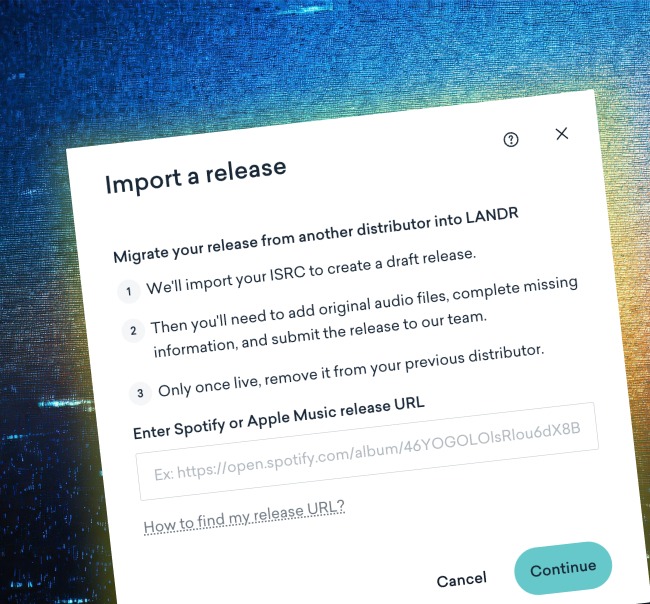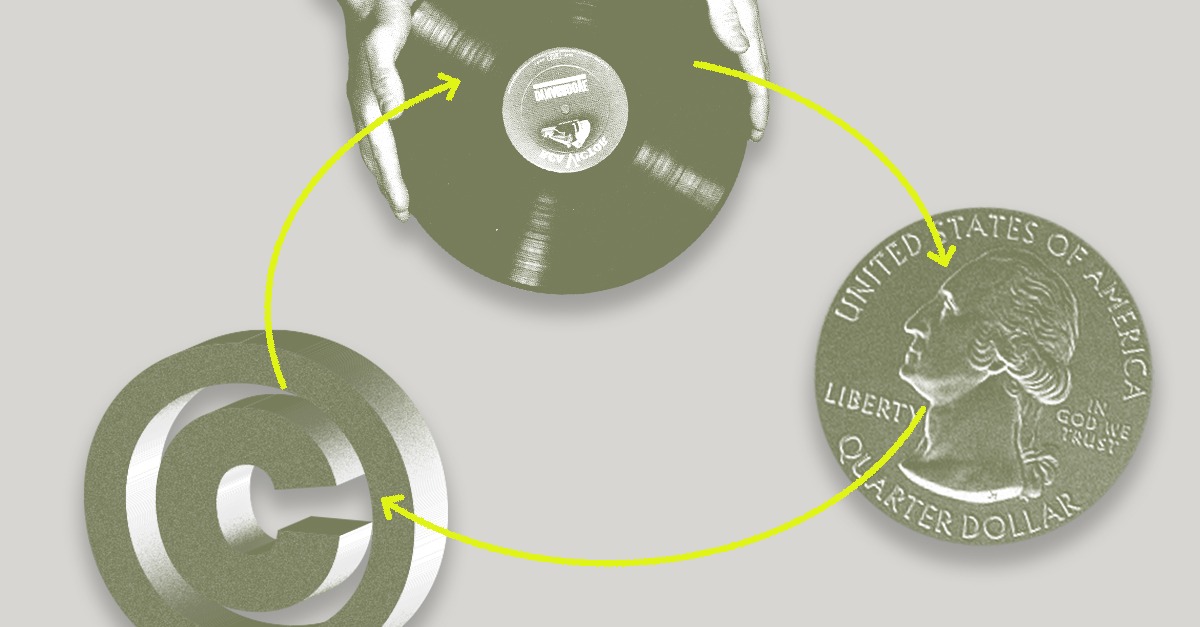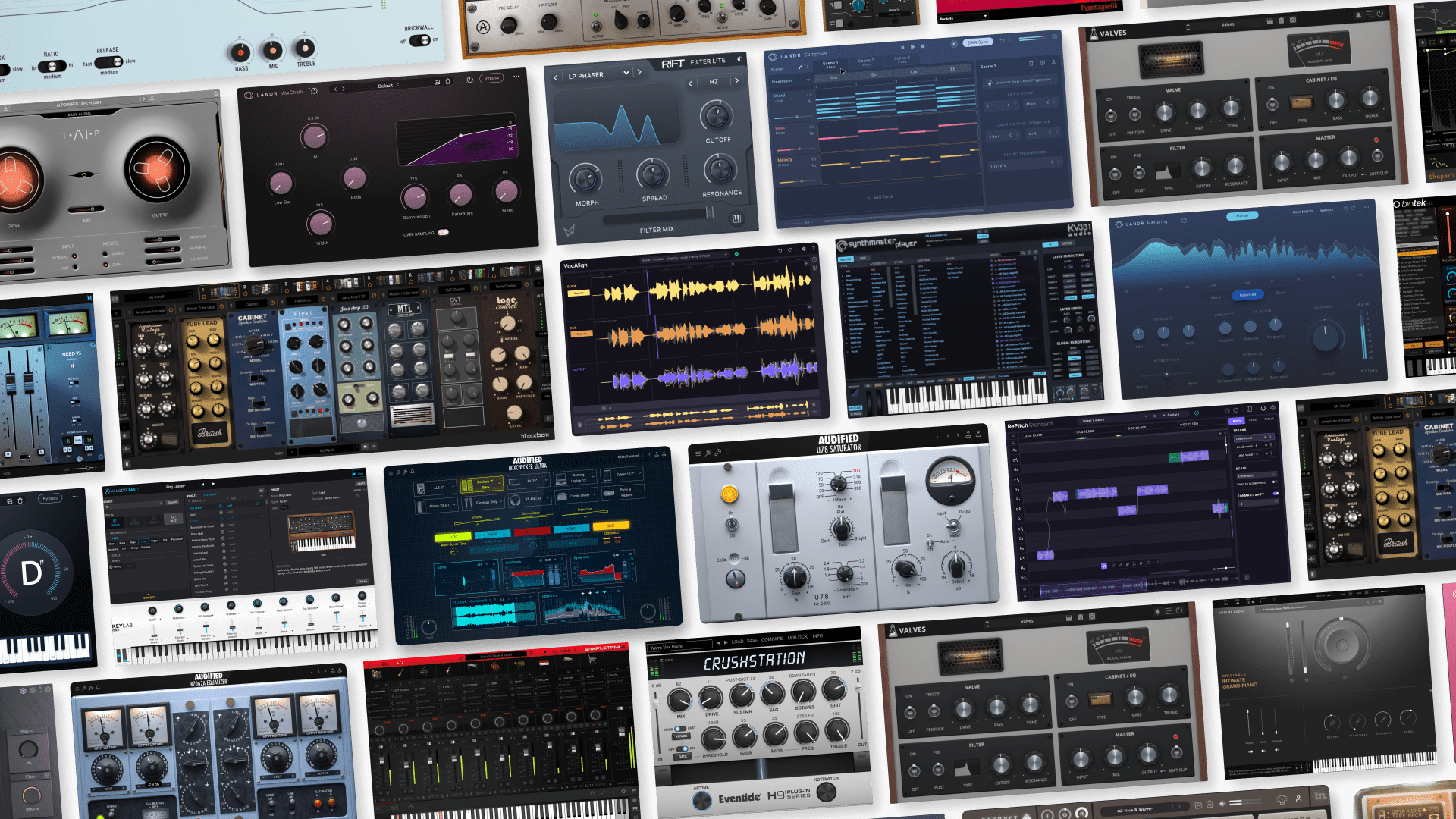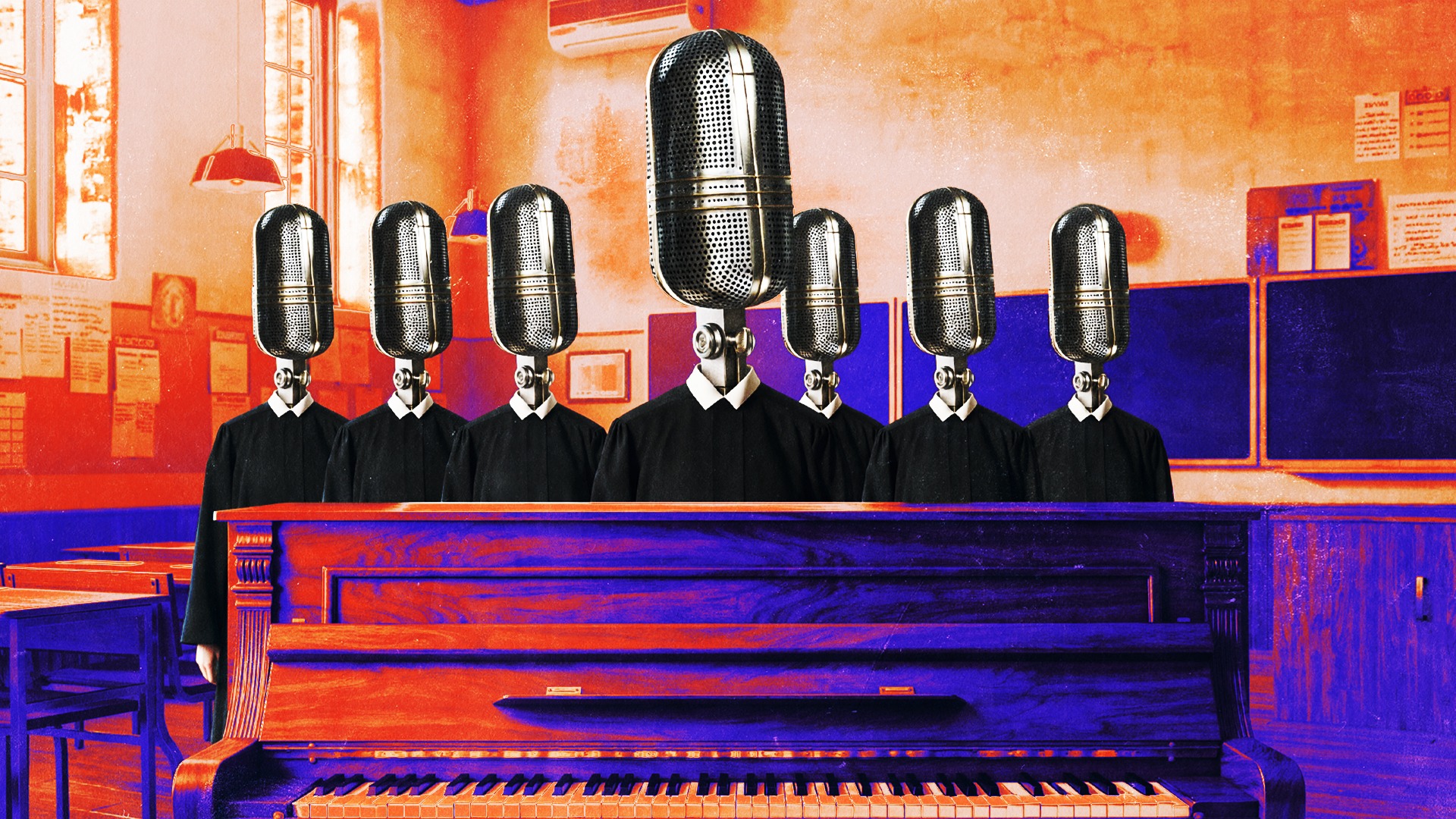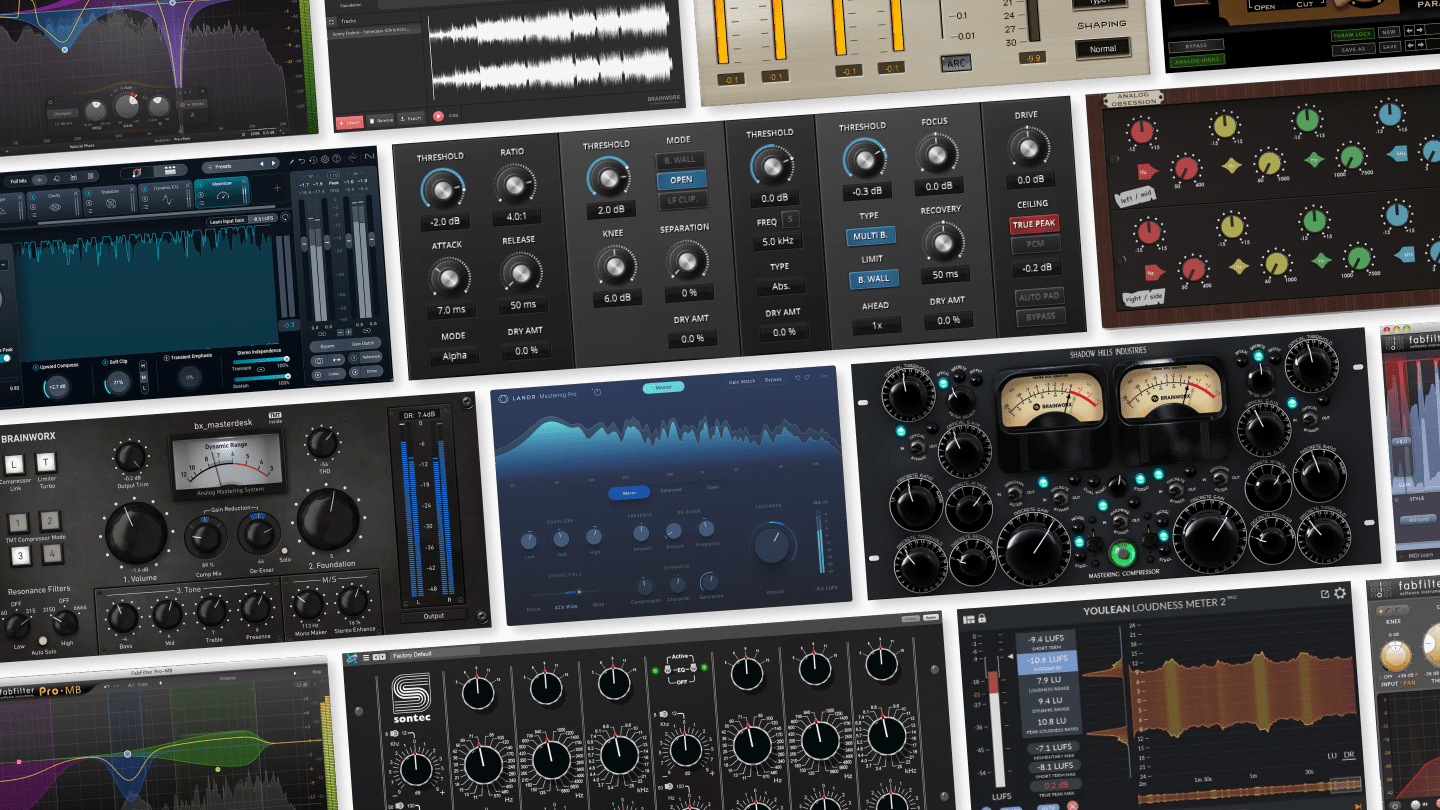
TuneCore vs. DistroKid: Two Music Distribution Giants Compared

If you’re shopping around for a music distributor, you’ve probably encountered both TuneCore and DistroKid by now.
While they’re far from being the only options available, they’re certainly two of the biggest players in the music distribution game.
As an artist who’s released multiple projects on several different platforms, I know firsthand how important it is to pick the right music distribution service.
So for this article, we studied everything you need to know about TuneCore and DistroKid to help you make the best decision possible when choosing your distribution service.
The Quick Take: Which is Best Between TuneCore vs. DistroKid?
When we analyzed the differences between TuneCore and DistroKid, we found that it was more about looking closely at the details than about their major differences.
Still, it’s helpful to get a simple overview of their core offerings.
Here’s a breakdown comparing key features between the two distributors:
Tunecore vs. DistroKid Compared
| Tunecore | DistroKid | |
| Price | 24.99/yr | 22.99/yr |
| Royalty commission | None | None |
| Releases stay up after cancellation? | Yes | Yes (with opt-in) |
| Unlimited releases to 150+ platforms | Yes | Yes |
| Release speed | 7 days | 5 days |
| Releases on social media? | Yes | Yes |
| YouTube Content ID | Yes | +$4.95/single/yr |
| Video distribution | Free | +$99/yr |
| Royalty splits | Yes | Yes |
| Mobile app | None | Yes |
| Customer service speed | 3 days | 5 days |
TuneCore’s basic plan costs a fraction more than DistroKid—but DistroKid is not afraid to charge you extra for a few important add-ons.
If YouTube Content ID is important to you, TuneCore might be the better option. Otherwise, the cost of using either of these services is fairly even.
However, the true test of a music distribution plan is the overall value you can get out of it, especially when it comes to additional perks and features.
If you’re curious about the additional benefits that are out there, we’ve tested and outlined what exactly comes with higher-tier plans.
We looked at:
- Branding and promotion tools
- Software bundles
- Publishing and sync licensing assistance
- Reporting tools
- Educational content
Let’s take a closer look.
🧠 Hot tip
Comparing advanced features between TuneCore vs. DistroKid
1. Branding and promotion tools
TuneCore’s Breakout and Professional tiers (coming in at $43.99 and $63.99/yr) include an album artwork generator that produces art similar to other AI-art generators like MidJourney or Dall-E.

TuneCore offers a service that'll produce an album cover using AI. LANDR Distribution also offers a similar service.
The company also promises Professional tier users “promotional opportunities” for placement in its brand ambassador program and Twitch streams—but it’s unclear exactly how many placements artists are given or how much impact they actually have.
That pretty much sums up TuneCore’s branding and promotion tool offerings.
DistroKid, meanwhile, offers an artwork generator that’ll embed your album art into promotional videos and cards that are shareable on social media.

DistroKid's art generator is a useful tool, but if you don't have access to it there's many third party tools out there that offer similar services.
It also gives all user tiers the option to create an artist profile page on its HyperFollow tool.
Similar to Linktree, this centralizes links to streaming platforms and online stores while featuring the artist’s press photos and bio.
So when it comes to branding and promotional tools, DistroKid has the edge over TuneCore with its functional tools that make it easy to produce simple video and social content.
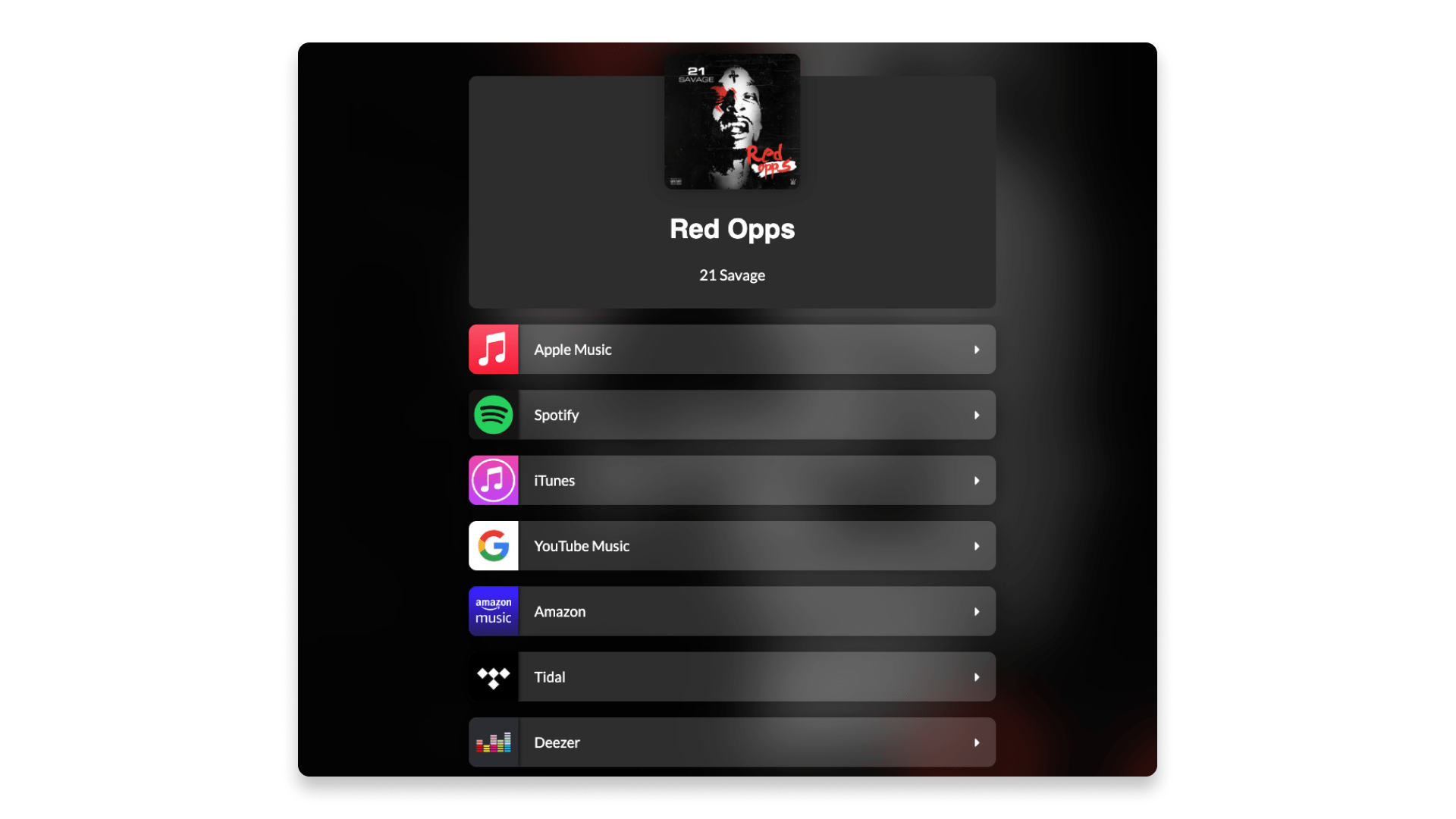
HyperFollow is useful, but LinkTree is a comparable free tool that anyone can use.
2. Music publishing features
TuneCore offers a publishing service that collects mechanical and songwriting royalties, while DistroKid does not.
If you pay the one-time $99 fee, TuneCore charges for this added service, TuneCore says it will collect mechanical and sync royalties when your music is played in TV, film and radio, or played in live settings.
On top of the fee, TuneCore charges a 15% commission on all mechanical royalties and a 50% commission on sync licensing.
To offer this service, TuneCore partners with a company called Sentric, which registers your music with all of the performing rights organizations (PROs) that claim your royalties at the source.
You can register your music with PROs yourself and collect your royalties from them without paying any upfront fees or commission, but this can be a time-consuming process.
There’s certainly some value in the publishing service that TuneCore and Sentric offer, but it comes at a premium.
🧠 Hot tip
3. Software bundles
Distribution plans are becoming more and more about the bundled software and content they offer, so it’s an essential factor in comparing services.
TuneCore users, for example, get access to Presonus’ DAW, Studio One.
DistroKid users get access to a fairly basic song-mastering tool and a file-sharing service for transferring large files (similar to the freemium service WeTransfer).

DistroKid has a mastering tool, but compared to others it left us unimpressed.
If look at other distribution companies though, the amount of bundled content that comes with either company’s advanced plans is fairly limited.
🧠 Hot tip
4. Reporting tools
Reporting is a big part of the feature set of most distribution services.
Understanding where your audience is, how each song is performing and how listeners find your music will all contribute to your marketing and touring decisions.
TuneCore offers basic reporting at their lowest tier plans, while DistroKid does not. So if you’re not ready to pay for a higher-tier DistroKid plan, you’ll get fairly limited data about your music.
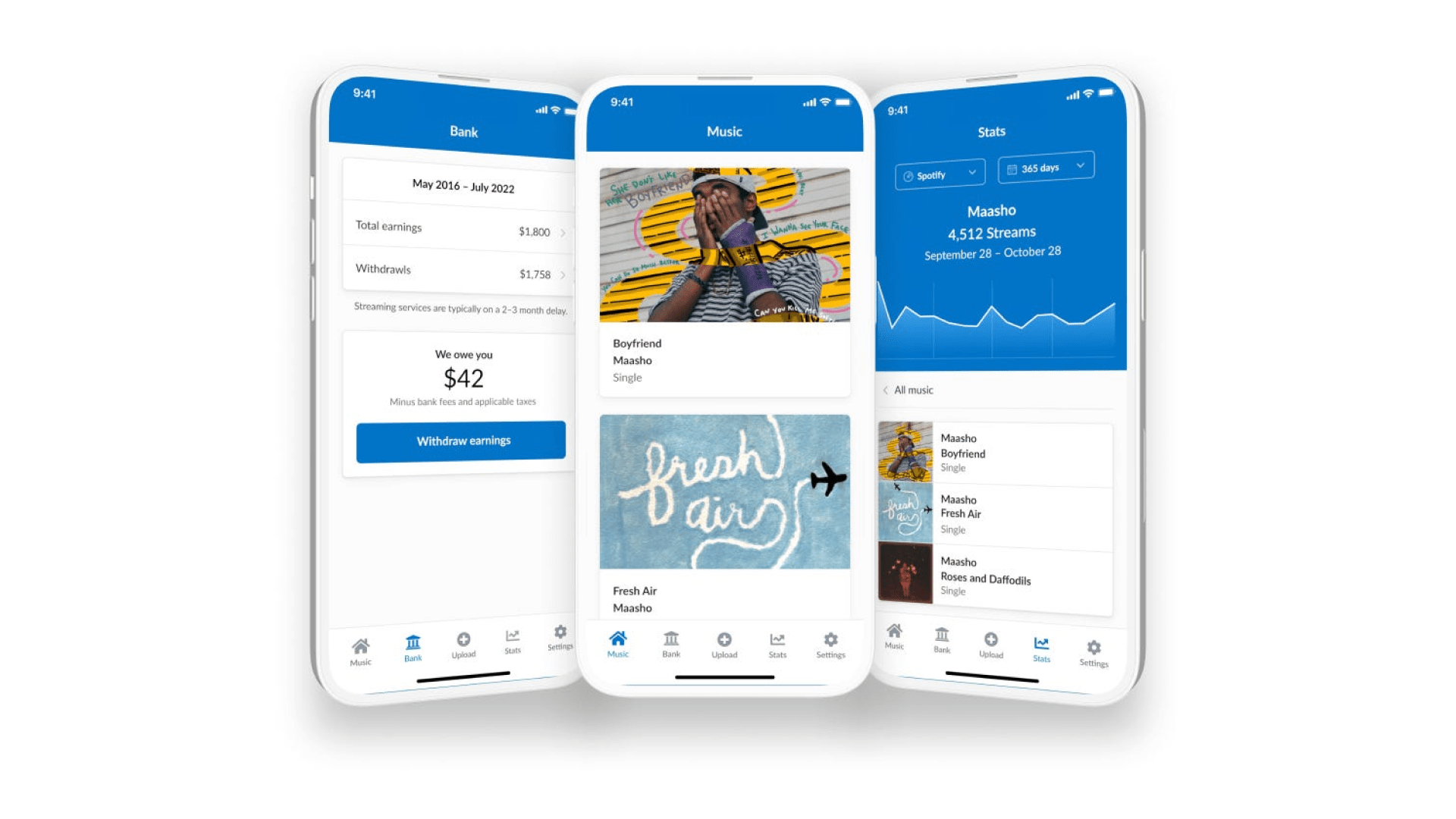
DistroKid has a decent set of reports that you can check on the go through its mobile app.
Both contenders offer more advanced reporting with their higher-tier plans, so if advanced analytics are important to you, you may have to pay a little extra for it.
🧠 Hot tip
5. Educational content
Quality tutorials and courses can guide aspiring artists through murky topics like publishing, music promotion, royalties and sync licensing. They’re increasingly an important addition to music distribution plans.
TuneCore has a library of courses that offer music industry advice to aspiring musicians.
Access to these classes is included with all subscriptions, so if you’re in need of advice and guidance for building your music career, they could prove useful.
DistroKid, by comparison, does not offer education content with any of its subscriptions.
🧠 Hot tip
How does LANDR compare?
Yes, LANDR also offers a distribution service that competes with TuneCore and DistroKid.
Here’s how LANDR Distribution stacks up.
LANDR Features Compared
| Price | 23.99/yr |
| Royalty commission | None |
| Releases stay up after cancellation? | Yes |
| Unlimited releases to 150+ platforms | Yes |
| Release speed | 7 days |
| Releases on social media? | Yes |
| YouTube Content ID | Free |
| Video distribution | None |
| Royalty splits | Yes |
| Mobile app | Yes |
| Customer service speed | 3 days |
Compared to DistroKid vs. TuneCore, LANDR holds its own with a comprehensive distribution feature set.
Crucially, LANDR won’t charge you for YouTube Content ID and our responsive customer service will get back to you quickly if you have questions.
LANDR also includes powerful promotion and branding resources through its Network platform and with its own album artwork generator.
When it comes to reporting, LANDR’s dashboard is a powerhouse, offering excellent insights on listenership, audience location, song popularity and more.
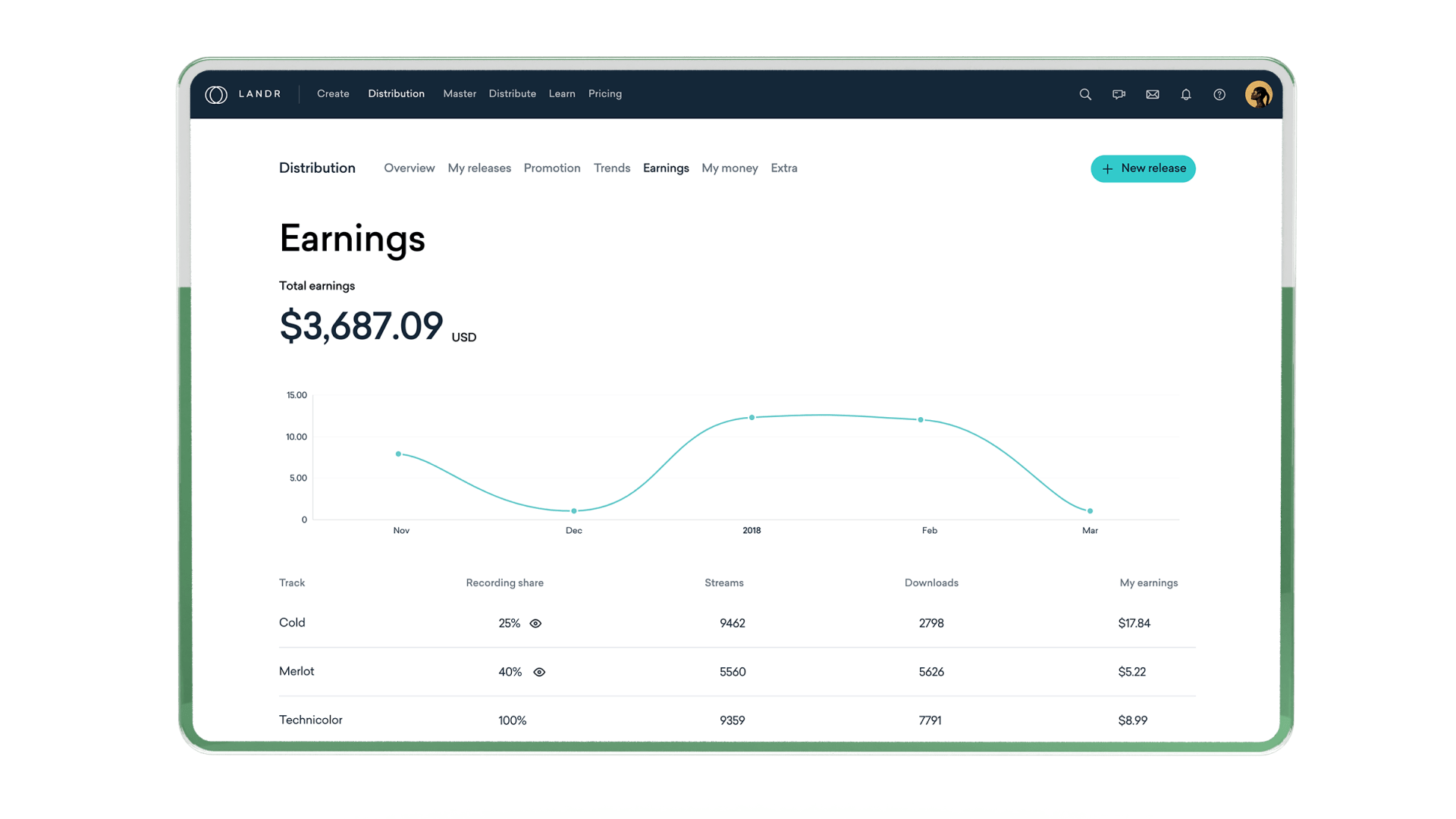
LANDR Distribution includes a powerful dashboard with basic reporting in its mobile app.
But where LANDR excels is with a LANDR Studio subscription, which bundles a ton of industry-standard music production tools with your plan.
There’s currently no industry parallel with Studio when you consider its included AI-mastering tools, 40+ pro-grade plugins, DAW and extensive sample library.
So if you’re tired of subscribing to four or five different companies for various services, you likely can save money and get everything you need to produce, finish and release music with LANDR Studio.
The TuneCore vs. DistroKid verdict is in
When we compared DistroKid vs. TuneCore, our research showed us the differences are pretty minimal, and the ones that matter the most will depend on your goals and your needs.
TuneCore has a slightly lower cost of ownership, but its feature set is not the strongest on the market.
DistroKid is cheaper up front and it has some nice promotion content creation tools, but it will charge you for almost every added service.
If neither of them quite make the cut for you, LANDR presents a unique value when compared to both, as it includes industry-leading AI mastering when you subscribe to LANDR Studio.
Even without a Studio subscription, you still benefit from LANDR’s free YouTube content ID feature, a straightforward release process, and high-quality customer support.
Gear guides, tips, tutorials, inspiration and more—delivered weekly.
Keep up with the LANDR Blog.
